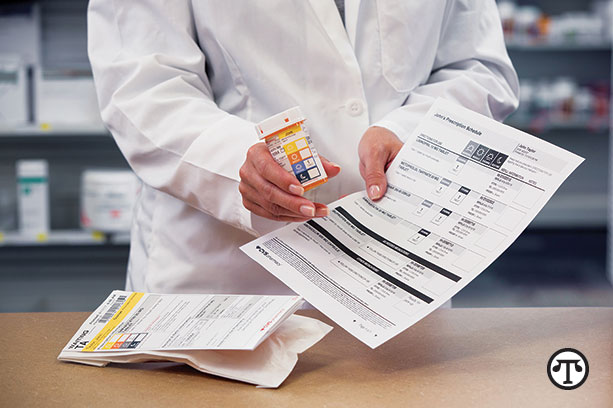
(NAPSI)—According to the American Medical Association (AMA), about one in four new prescriptions is never filled, and about half the time patients don’t take the medications they do have.
The Problem
People give eight basic reasons for not complying, the AMA adds:
- Fear. People may be frightened of potential side effects. They may have witnessed side effects experienced by someone else who was taking the same or a similar medication and believe the medication caused the problems.
- Cost. People may ration what they have to extend their supply.
- Misunderstanding. People may not understand the need for the medicine, the nature of the side effects or the time it will take to see results. This is particularly true for those with chronic illness, because taking a medication every day to reduce the risk of something bad happening can be confusing. Failure to see immediate improvement may lead to premature discontinuation.
- Too many medications. The greater the number of different medicines prescribed and the higher the dosing frequency, the more likely someone is to not take some or any.
- Lack of symptoms. People who don’t feel any different when they start or stop their medicine might see no reason to take it.
- Worry. Concerns about becoming dependent on a medication can also lead to nonadherence.
- Depression. People suffering from depression are less likely to take their medications as prescribed.
- Mistrust. Some people are suspicious of their doctor’s motives for prescribing certain medications because of stories about pharmaceutical companies influencing physician prescribing patterns.
Doctor’s Advice
“Fifty percent of patients struggle with understanding how and when to take their prescription medications, and for those with complex prescription regimens it can be even more challenging,” said Troyen Brennan, M.D., M.P.H.
A Solution
Fortunately, you can now get special assistance when it comes to compliance.To help people understand the best time of day to take their prescribed medications for greater safety and efficacy, the new ScriptPath Prescription Schedule was created for CVS Pharmacy customers who manage multiple prescription medications. It features all of a patient’s current CVS Pharmacy prescription information in one place—including which medications the patient takes, when he or she should take them, and how much of each medication should be taken in each dose. Using easy-to-understand icons, the new schedule was designed to improve understanding and enhance safety by simplifying how people take medications and how caregivers give them.
What The Schedule Shows
Available in English and Spanish at all of CVS Pharmacy’s more than 9,700 locations, the schedule is generated by a robust scientific system that automatically reviews all of a patient’s current CVS Pharmacy prescription information and prescriber’s instructions, and then, using clinical data, provides a schedule of the most effective times of day to take the medications. People who take more than five medications a day can also have a special consultation with the pharmacist to be sure they understand what to do.
Information highlighted on the new schedule includes:
- Personalized prescription information for each patient, including how much medication to take and when to take it
- Medications separated into sections for Routine, As Needed and Other
- Clear refill instructions
- A notes section for further personalization and to facilitate face-to-face pharmacist counseling.
Learn More
For further facts on the ScriptPath prescription management system, including the Prescription Schedule, visit www.cvs.com/prescriptionschedule.
